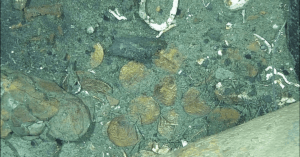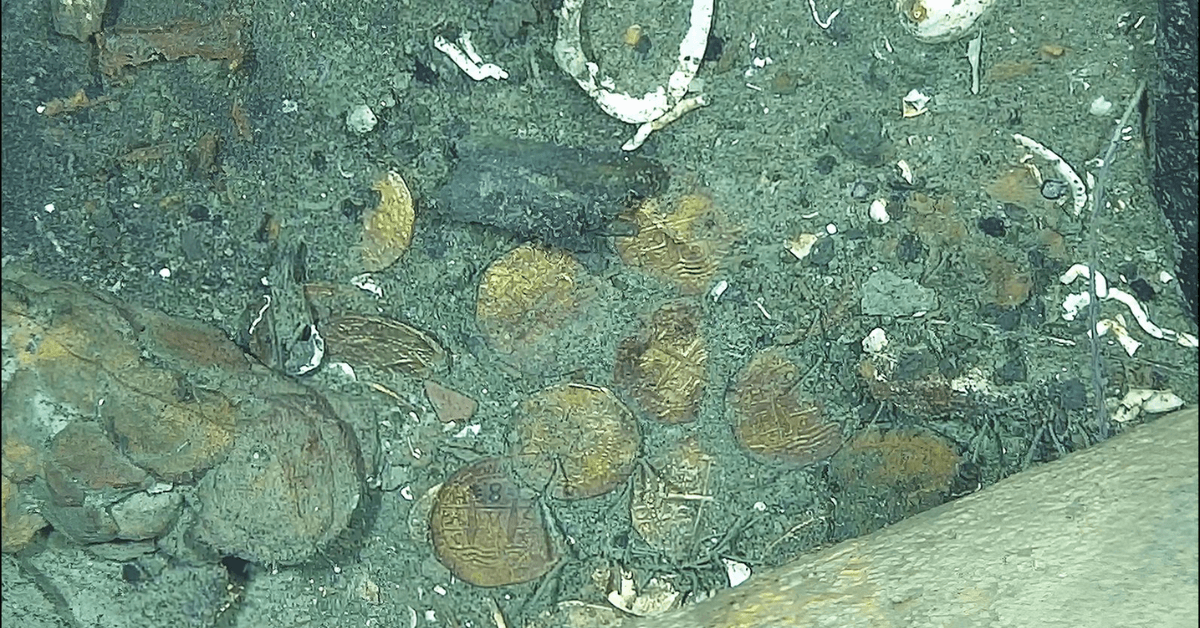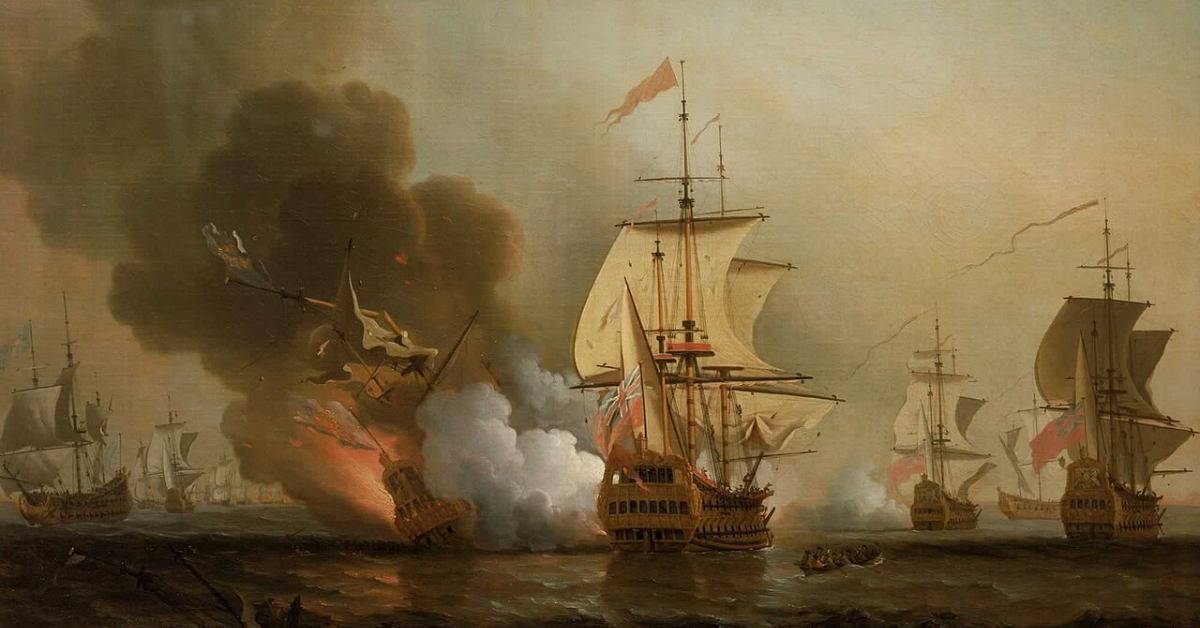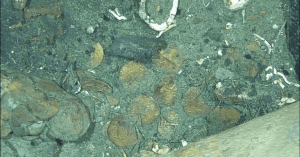
China Deploys 2 Aircraft Carriers Into Pacific For First Time, Japan Raises Concerns
June 11, 2025
COSCO Signs $310 Million Deal To Lease Six New Heavylift Ships To Fleet
June 11, 2025

The wreck of the Spanish galleon San José, believed to be carrying treasure worth an estimated £16 billion, has finally been confirmed by researchers in Colombia.
The ship, which vanished in 1708 after a battle with the British Royal Navy, was discovered in 2015 near Baru Island off the coast of Cartagena. But it is only now, after years of careful underwater research, that experts say they have definitive proof it is indeed the legendary San José.
The confirmation has led to a serious legal fight between several countries, indigenous communities, descendants of miners, and a private treasure hunting company, as all of them are claiming rights to the treasure.
The San José was part of the Tierra Firme Fleet and was transporting treasure including gold, silver, emeralds, gems, jewellery, and Chinese porcelain from Spain’s South American colonies, especially Peru to King Philip V of Spain. The funds were intended to support the Spanish side during the War of the Spanish Succession.
However, in June 1708, the ship was intercepted by a British squadron led by Charles Wager near Cartagena. During the clash, the ship’s powder magazines exploded, sending the galleon and nearly 600 crew members, of which only 11 survived, to the seabed.
The incident was a major loss for Spain during the war, which ended with Britain taking control of Gibraltar, Nova Scotia, and Newfoundland. The treasure was presumed lost for more than 300 years.
In 2015, the Colombian Navy located the wreck using underwater drones. At first, experts thought it might be the San José, but they didn’t have enough proof. That changed with the latest research published in the journal Antiquity. Using high-resolution scans, photogrammetry, and non-invasive surveys carried out between 2021 and 2023, researchers captured detailed images of the site, located 600 meters below sea level in the Caribbean Sea.
Key artefacts included:
- Silver coins (cobs) minted in 1707 at the Lima Mint in Peru.
- Chinese porcelain from the Kangxi period (1662–1722).
- Cannons inscribed with the date 1665.
The team matched the wreck to the ship using several clues. Archaeologists reported that the coins featured symbols unique to Lima, such as the ‘L’ mintmark, the number ‘8’ for the escudo denomination, and an ‘H’ representing Francisco de Hurtado, the Chief Assayer in 1707. The reverse side bore the Pillars of Hercules and Spain’s motto “Plus Ultra,” further supporting the vessel’s identification.

Colombia’s Navy used a special underwater robot (ROV) to examine the wreck in deep, dark waters. Archaeologists used 3D imaging and other modern tools to study the layout of the ship and cargo. The gold coins, known as “cobs” or “macuquinas,” were widely used in the Americas for over 200 years and were roughly 32.5 mm wide and 27 grams in weight.
Some coins measured about 32.5 mm and weighed around 27 grams. Experts said that such hand-struck, irregular coins-known as cobs (or macuquinas in Spanish), were standard currency in the Americas for over two centuries.
The confirmation of the ship’s identity has started an intense legal fight over who owns the £16 billion treasure.
- Colombia claims full rights under a 2020 law giving the state ownership of all wrecks in its waters.
- Spain argues the treasure was from a Spanish state ship and should return to them.
- Peru says the treasure came from its land and wants a share.
- Indigenous and miner descendant groups from Peru also claim ancestral rights.
Adding to the tension, the treasure hunting company Glocca Morra, now known as Sea Search Armada, claims it found the wreck in 1981. They are demanding half the treasure, about £7.9 billion, and are challenging Colombia’s 2020 law in court, saying the new discovery is close to their original location.
Colombian President Gustavo Petro wants the wreck recovered before his term ends in 2026. But researchers say nothing should be taken out until the entire site is fully studied.
For now, the focus is on careful, non-invasive exploration. Experts believe the San José is more than just a treasure, it’s a window into the global trade networks and colonial history of the 1700s.
Reference: Cambridge University
Source: Maritime Shipping News


